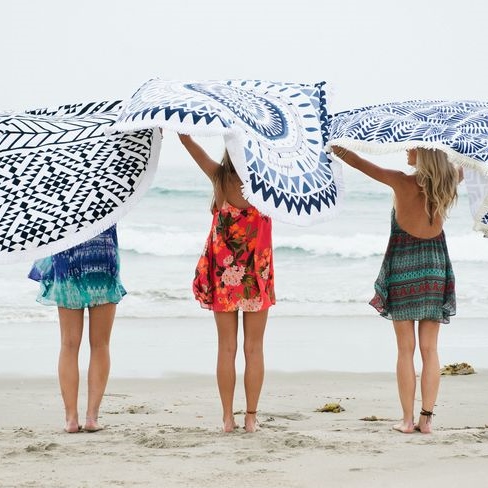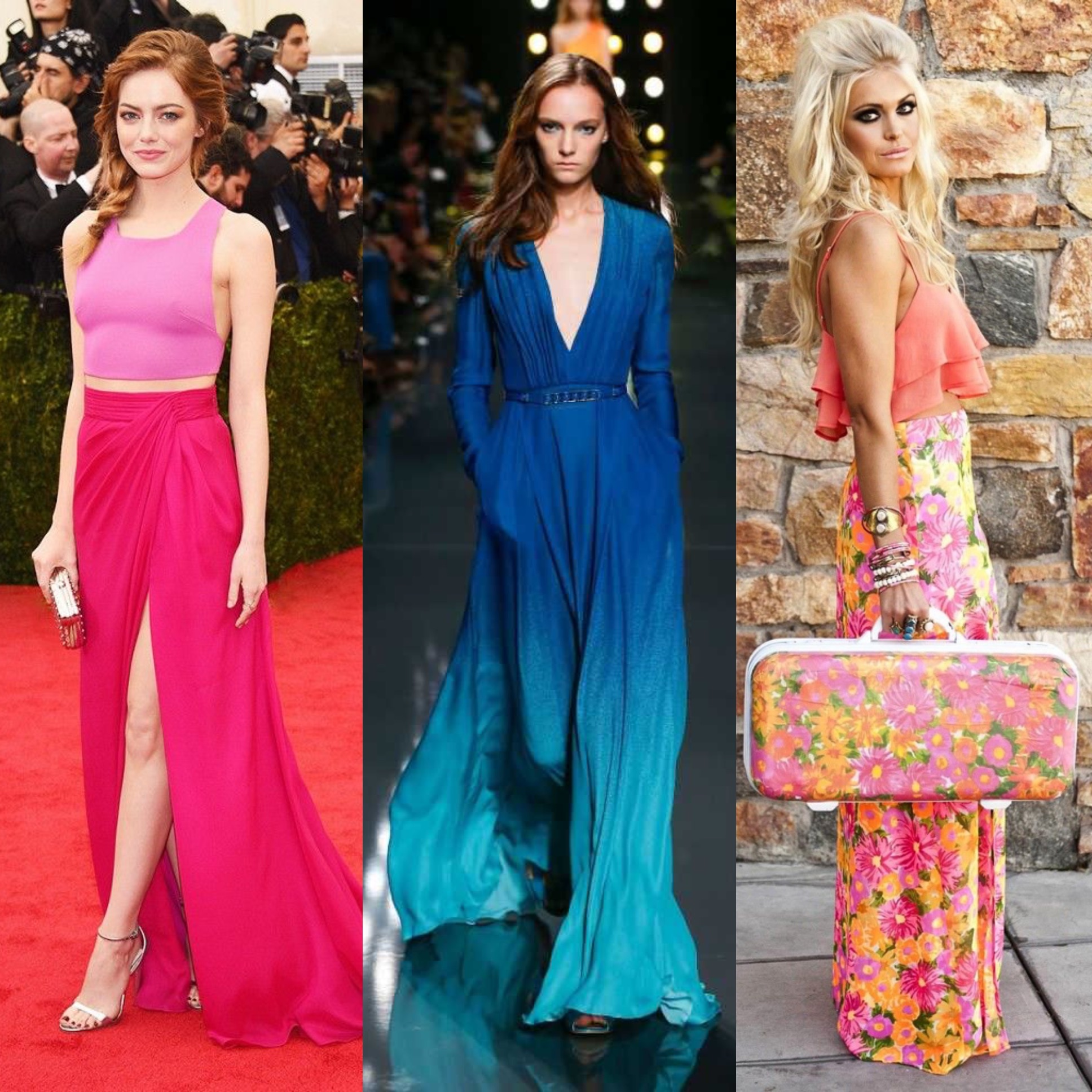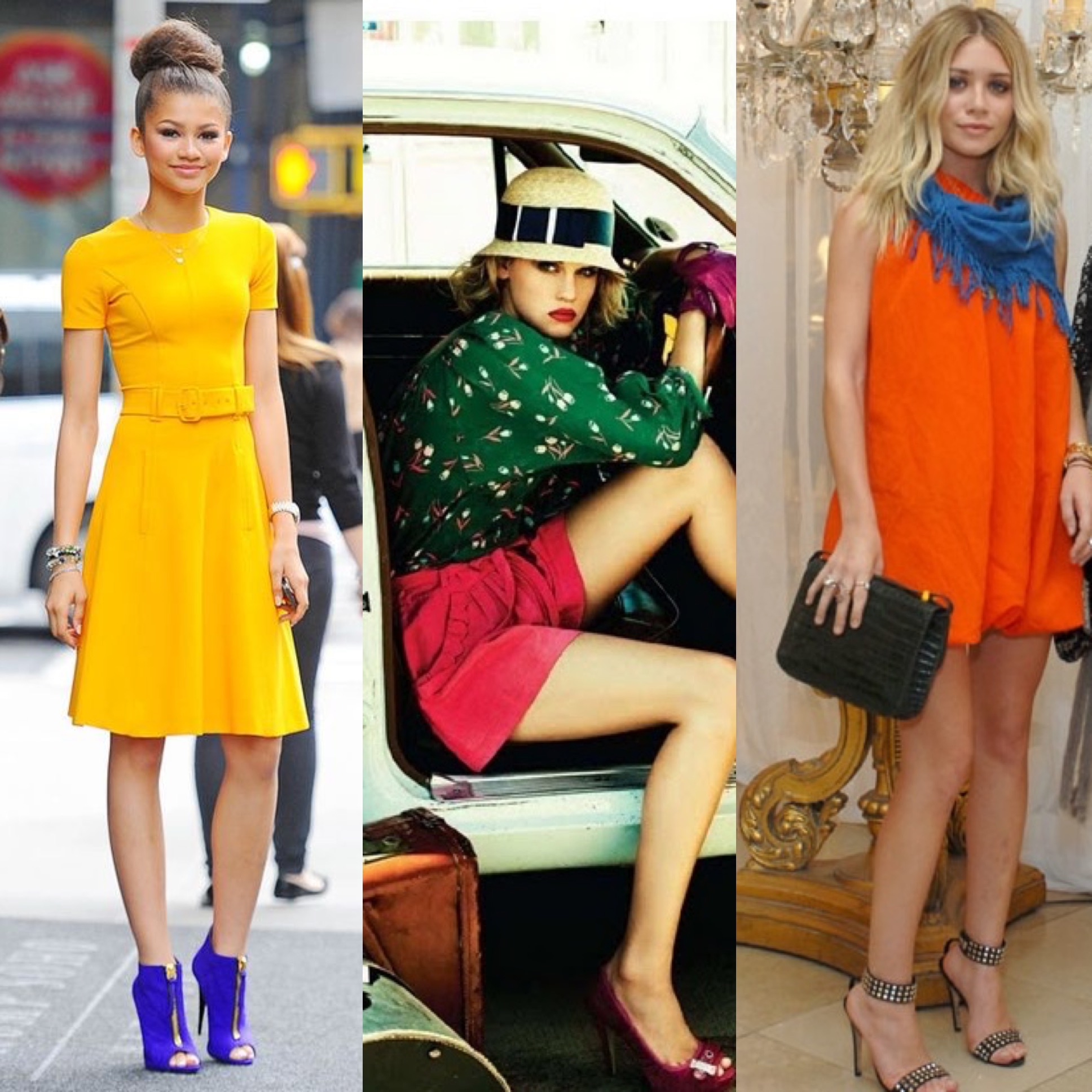It is easy to stick with color neutral color combinations you know, out of fear of walking around like a human rainbow, am I right? In reality, color provides variety into your style works to enhance your naturally beautiful self! Learning how to use a color wheel to dress, is not as difficult as you may think. Your worry ends today! Get ready, because you’re about to learn how to use a color wheel to dress!
A color wheel represents a balanced roundup of colors, divided into cold and warm. When you are using the color wheel to dress, you can always take into consideration the fact that you can use colors in different levels of saturation. This will help you create endless variations.
Primary colors
Colors that cannot be created by mixing other colors together are primary colors; red, blue, and yellow. When you mix together two primary colors, you create secondary colors; orange, green and violet. Colors, like red-violet and blue-violet, are created by mixing a primary color with a secondary color. These are known as tertiary colors. Primary, secondary, and tertiary colors make up the color wheel.
The color wheel also breaks down into warm and cool colors. Warm colors are based around hues of reds, oranges, yellows, etc. They look best on warmer skin tones and gold jewelry. Cool colors typically remind you of water, sea, and sky, such as blues, greens, violets, etc. These colors look wonderful on fair skin with pink undertones and silver jewelry.
Analogous
Any two or three colors that are directly next to each other on the color wheel are analogous. Analogous color combinations are simple, elegant, and harmonious. You can find these combinations in nature. When creating an analogous color combination, it is important to remember that you should choose colors that have enough contrast between them; through shade, tint, tone, etc. To make it easy for yourself, stick to your side of the color wheel (cool or warm) to ensure the best possible palette for your skin
Complementary
Colors that are found directly across from each other on the color wheel, are complementary colors. Create a flattering, bold, look using complementary colors. Find the color that works best for your skin tone and place it near your face. You’ll then work the complementary color in, but further away. For example, if your a warm color, choose the warm tone for your top, necklace, or earrings. Use the complementary cool tone for your shoes, bottom, or bag. Another easy way is to start out with a primary color as the base and accessorize using its complementary color.
Never fear color again when you use a color wheel to dress! What are some of your favorite color combinations to try?




